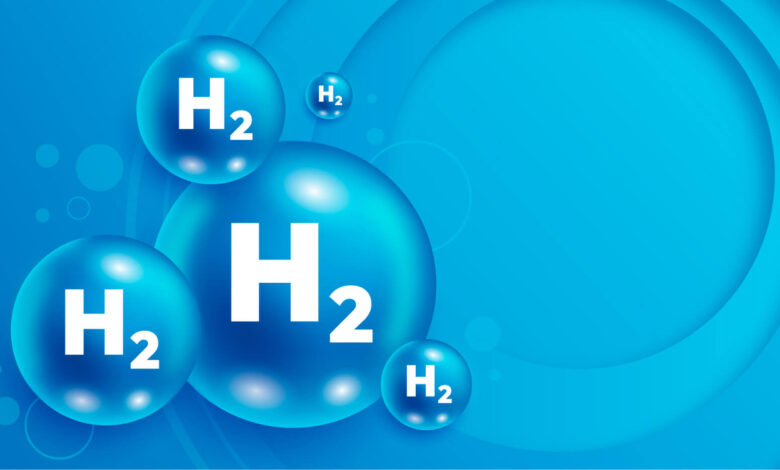HCOOH + CH2 + H2O Explained: A Beginner-Friendly Guide to Important Formic Acid Reactions

In organic chemistry, reactions sometimes get frozen into a shorthand that seems enigmatic to the untrained eye. Such is the case with HCOOCH CH₂ H₂O, a stylized reference for the hydrolysis reaction of methyl formate (HCOOCH₃) with water (H₂O).
The reaction produces formic acid (HCOOH) and methanol (CH₃OH)-an essential transformation in organic synthesis, fuel chemistry, and industrial manufacture. Whether you are a chemistry student, lab technician, or chemical engineer, knowing the HCOOCH CH₂ H₂O process provides insights to practical application and theoretical principles.
Now let’s break down the reaction, its mechanism, real-life applications, and what you must truly know about it.
HCOOCH CH₂ H₂O: Breaking Down the Reaction
The Balanced Equation
At its heart, this reaction represents the acid- or base-catalyzed hydrolysis of methyl formate:
\text{HCOOCH}_3 + \text{H}_2\text{O} \rightarrow \text{HCOOH} + \text{CH}_3\text{OH}
Reactants
- Methyl formate (HCOOCH₃) – an ester
- Water (H₂O) – the universal solvent and a key nucleophile
Products
- Formic acid (HCOOH) – a simple carboxylic acid used in agriculture and leather processing
- Methanol (CH₃OH) – a volatile alcohol commonly used as a solvent and biofuel
Reaction Mechanism: A Step-by-Step Walkthrough
The hydrolysis of methyl formate follows a nucleophilic acyl substitution mechanism, generally under acidic conditions.
1. Protonation of the Carbonyl Oxygen
Under the action of an acid catalyst, the carbonyl oxygen in methyl formate is protonated, rendering the carbon more electrophilic.
2. Nucleophilic Attack by Water
Water acts as a nucleophile in attacking the carbonyl carbon, thus forming a tetrahedral intermediate.
3. Proton Transfer
A proton is shuffled around within the intermediate and prepares the molecule for the departure of the methanol group.
4. Departure of Methanol
The molecule loses a methanol group (CH₃OH), yielding protonated formic acid.
5. Deprotonation
Formic acid is then deprotonated to yield the final stable product.
Acidic vs. Basic Hydrolysis: What Is the Difference?
| Feature | Acidic Hydrolysis | Basic Hydrolysis |
|---|---|---|
| Catalyst | HCl or H₂SO₄ | NaOH or KOH |
| Product Separation | Easy | Requires neutralization step |
| Reaction Speed | Moderate to Fast | Very Fast (irreversible) |
| Preferred Use | Industrial and lab settings | Soap production (saponification) |
Industrial Applications of HCOOCH CH₂ H₂O Reaction
1. Formic Acid Production
Formic acid is used in:
- Leather tanning
- Dyeing textiles
- Silage preservation in agriculture
2. Methanol Recovery
Methanol is essential for:
- Solvent manufacturing
- Biodiesel production
- Formaldehyde synthesis
3. Green Chemistry
This reaction is environmentally favorable due to:
- Minimal byproducts
- Low energy requirement
- Availability of renewable catalysts (enzymes, solid acids)
Laboratory Importance
For students and other chemists, HCOOCH CH₂ H₂O provides:
- Examples of nucleophilic substitution mechanisms
- Principles of reaction kinetics
- Acid-base equilibria within organic chemistry
Common Experimental Conditions
- Solvent: Excess water or dilute aqueous acid
- Catalyst: HCl, H₂SO₄, or even some enzymatic options
- Temperature: 25–60°C (higher temperature = increased rate)
- Time: Completion occurs within 1-4 h, depending on the concentration
Safety Remarks and Impact on Environment
- Methanol is toxic; ensure proper ventilation and PPE.
- Formic acid will burn; gloves and goggles are recommended.
- Dispose of waste according to local regulations (e.g., neutralizing acidic solutions before disposal).
Visual Guide: Reaction Flow
Reaction Map
HCOOCH₃ + H₂O → [Protonated Ester] → [Tetrahedral Intermediate] → HCOOH + CH₃OHConclusion
The shorthand HCOOCH CH₂ H₂O paves the way for a significant ester hydrolysis reaction with real-world applications. Whether you are venturing into some organic chemistry basics or designing the large-scale chemical process, this reaction will enhance your understanding conceptually and practically.
Acquainting yourself with the steps, conditions, and applications of methyl formate hydrolysis will leave you with more than a textbook understanding of the reaction; it will give you a gateway into insight that drives innovation across chemistry, energy, and environmental science.
FAQs
1:What does HCOOCH CH₂ H₂O stand for?
It refers to the hydrolysis reaction of methyl formate (HCOOCH₃) with water (H₂O) producing formic acid and methanol.
2:Is this reaction reversible?
Yes, under certain conditions. However, removing one product, such as methanol, will drive the reaction forward to completion.
3:Can this reaction happen without a catalyst?
Very slowly. Adding an acid or base catalysis greatly increases rate and yield.
4:Is it used in real-life manufacturing?
Absolutely! It’s the backbone for producing formic acid and methanol, both of which are high-demand industrial chemicals.




